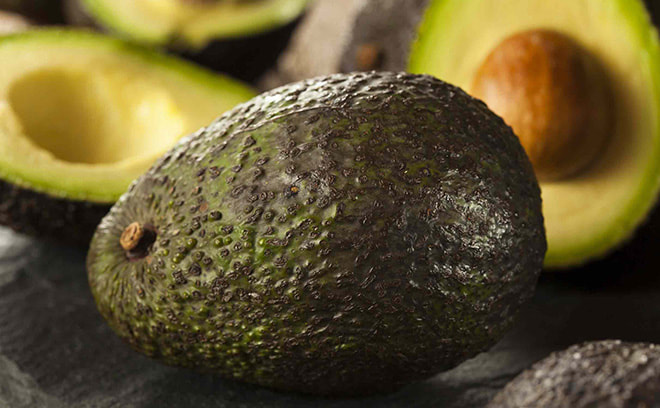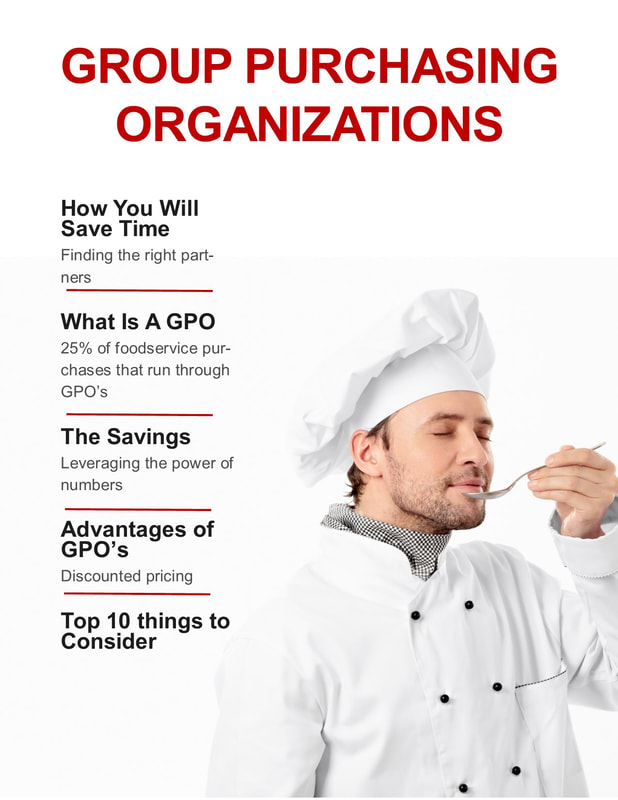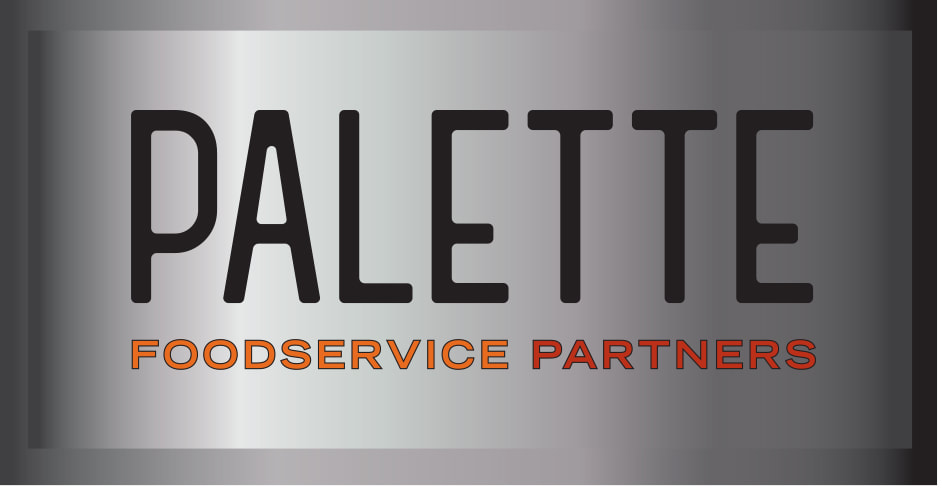 As the supply chain is being impacted by factors including labor shortages, extreme weather, gaps in the availability of raw ingredients, and a spike in demand from consumers returning to foodservice outlets, businesses at every link in the supply chain are feeling the stress. At a time when some foodservice operators have been completely dropped by their distributor(s), the strength of your partnerships is paramount. At the time of this writing, the average fill-rate from manufacturers to distributors was running below 85 percent. But the service level for Premier Value 4 members is considerably higher than this average. That is due to the work our distribution partner, US Foods, is doing to rebalance inventory to provide our members with the best possible service. In recent quarterly earnings releases, US Foods and Sysco disclosed their food cost inflation rates: 8.2 percent and 10.2 percent, respectively. To keep this in context, a normal food cost inflation would be in the 2-3 percent range. Value 4 members have protection against this inflation with contracted manufacturer agreements (CMA). CMA’s give access to 350 vendors covering 105,000 products. Over the past 15 years, inflation on CMA products has been half of the inflation of non-CMA products. Our CMA contracts are firmly in place and while we will not know if that 50 percent “savings” rate is less or more until the current hyper-inflationary period has settled, we are confident that using CMA products is your best protection against inflation – and will offer extra security until we return to conditions that feel closer to normal. If you do not have these protections from your suppliers and partners, consider calling Value 4 to see if you qualify for our programs. Your guests want to know exactly what they’re eating: A recent Nielsen global sustainability survey found that 67 percent of consumers would like to know everything that goes into the foods they eat. In the U.S. specifically, 46 percent of consumers say claims about food products have a direct impact on their buying decisions. So the origins of the food you serve, as well as the language you use to describe it, are heavily influencing your guests’ decisions about whether or not to purchase an item from you. So how do you improve upon your current efforts to enhance transparency? Study your existing supply chain and ensure you understand the direct sources of your ingredients, as well as the labels your suppliers use, from “organic” to “all-natural” so you can explain them when asked. As Webstaurantstore advises, your menu should list ingredients, mark common allergens and highlight locally or ethically sourced foods. If asked, you should be able to provide nutritional information in your restaurant or online. (Food Safety Magazine advises you verify nutritional information with a third party whenever your information is more than a year old or if you have changed suppliers or ingredients.) Identify substitute suppliers who can help you improve upon certain areas of your supply chain – and determine if and how much you need to raise menu prices to compensate for the difference without alienating your guests. You may need to introduce new dishes to offset ingredient changes you need to make to your core menu. Finally, educate your guests about the changes you are making and why – and take pride in them on your menu. Your guests want you to outline your supply chain for them and use brand names and labels to identify the ingredients they will be consuming. Their input may even be helpful to you as you make gradual menu improvements on a continuous basis.
If you serve avocado on your menu, you’re well aware of the rollercoaster ride it has been taking lately with regard to supply and demand. According to a USA Today report, the price of avocados in early July had skyrocketed 129 percent since the same period during the previous year. While restaurants are making adjustments such as diversifying suppliers, raising prices and finding substitutes for the beloved avocado where possible, these are steps that should be taken not just when one key ingredient is in short supply but across the spectrum of a restaurant’s inventory year round. When you monitor your inventory more closely – even in times of plenty – you can more easily ride out times of scarcity. MarketMan suggests you take such steps as tracking food costs throughout the year so you’re more able to spot seasonal fluctuations in price, as well as what you have paid historically. (Team Four can help you with this.) Where possible, fill your menu with seasonal produce to minimize costs – it will also encourage guests to visit you while a favorite item is still available or when a new one is about to be featured on the menu. Partner with your chef to make sure he or she is able to use what’s in season and can minimize costly extras. When it comes to suppliers, try to lock in prices for the long term and don’t hesitate to shop around for better deals when it’s time to renew your contracts. Look around for deals online, particularly for non-perishable items that can be purchased in bulk. Monitor your spending regularly using software with purchasing and ordering management features that can help you stay on top of price fluctuations.
Is meat, fish or poultry on your menu? Those items have likely taken a multi-step journey to get there. While you have to rely on others in your supply chain to uphold food safety practices along the route, you can find clues about it when inspecting shipments. Restaurant Owner & Manager suggests these red flags that a shipment should be rejected: cartons that aren’t intact, dirty wrappers, colored spots on the item (purple, white, brown or green), strange odors (including an ammonia smell to fish), flesh with a soft appearance or that leaves a finger imprint when you press on it, fish eyes with a sunken-in appearance, and open shells on fresh shellfish.
|
Subscribe to our newsletterArchives
April 2024
Categories
All
|







 RSS Feed
RSS Feed